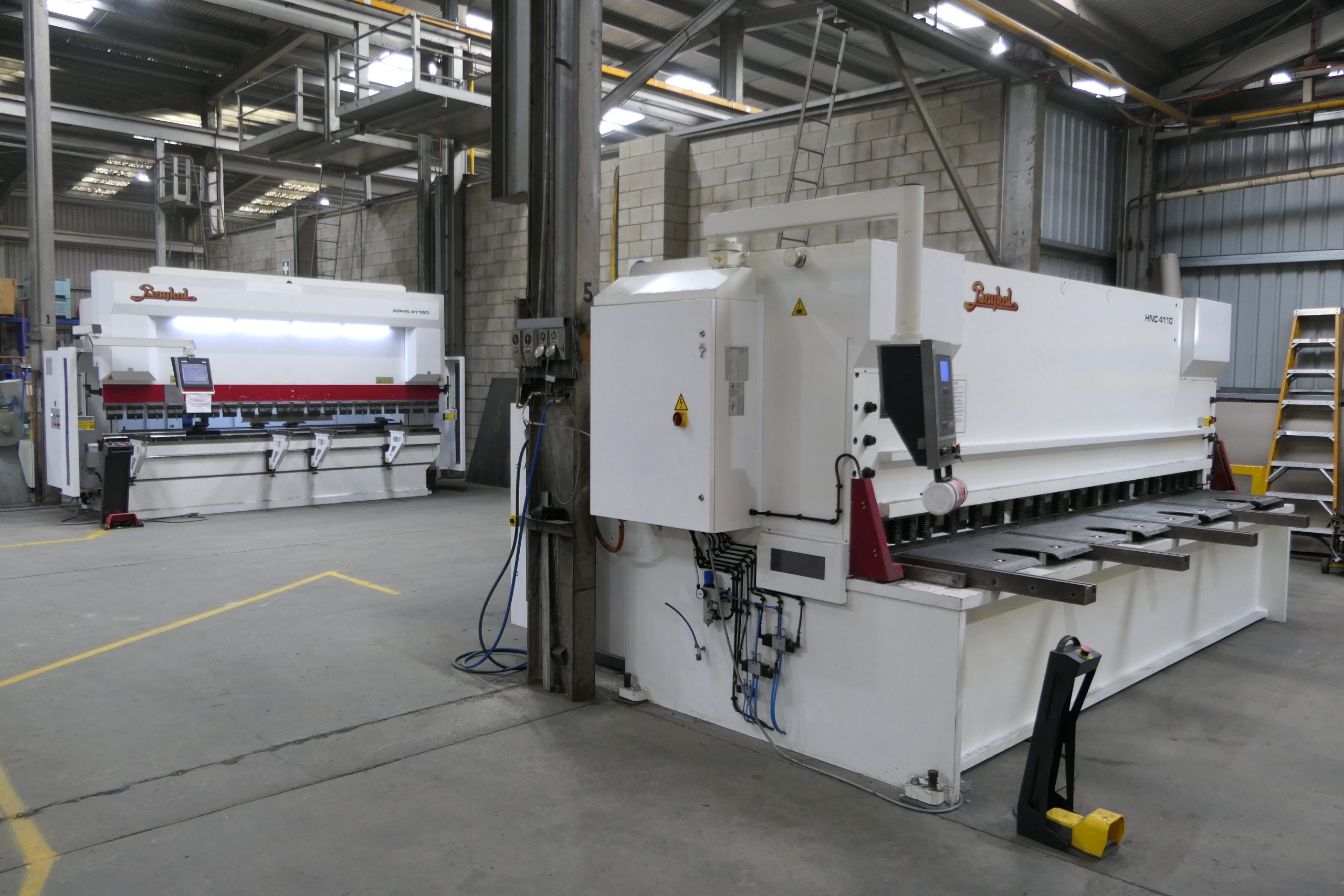
Customer focus keeping Australian manufacturer ahead of the pack
25 November 2021
Labour hire: The risks, and how to manage them
26 November 2021In this edition of ‘Ask the industry’, Syngenta Portfolio Lead – Viticulture and Fruit, Scott Mathew, shines a light on spray application and outlines the role chemistry within crop protection products can play in achieving the correct coverage required for maximum performance.
Achieving the best performance from a spray application is dependent on a number of factors, and the three key points are retention, coverage and mode of action.
In general, small droplets are better retained on plant surfaces as compared to large droplets particularly on smooth, shiny leaves. This has never been truer than on difficult to wet plants like onions, making fine-medium sprays very important. Except when controlling onion thrips, where a coarser droplet size might support improved penetration down into the neck of the plant.
The downside to small droplets is that they are more prone to drift, losing valuable product and potentially causing off-target damage. Large drops are surprisingly well retained on easy to wet leaves, such as mature carrot plants, and many broadleaved weeds.
Adjuvants can be critical to spray retention, so it’s always best to follow the label directions. Where the label does not state to add an adjuvant, then please don’t add one to the tank.
Product performance
Penetration into the crop is one of the key factors that will govern the performance of an applied crop protection product. Achieving good coverage only on the tops or outside of plants may not control pests or disease occurring on the lower leaves or at the soil level (e.g., sclerotinia).
In general terms, coarse drops will provide the best penetration in upright leaf crops. Finer drops will achieve better penetration in broadleaf crops as they can move in air currents around leaves, depositing the spray further down in the canopy.
The coverage required for your application will depend on the crop protection product you are applying. The activity of many contact protectant fungicides is determined largely by the even spreading of the active ingredient(s) across the plant surface to form a protective barrier.
The activity of systemic fungicides and many insecticides is influenced by the ability of the active ingredients to penetrate plant tissue, form a reservoir within the plant tissue (and for some how they may move in the vascular system of the plant).
Crop protection products can behave very differently within the plant. So, an understanding of the product chemistry can help ensure you achieve the correct coverage required for maximum performance.
Contact/protectant products (e.g., BRAVO® WEATHER STIK® fungicide) and many insecticides require more drops and better coverage because the active ingredient(s) do not move from the point of application and protect only the plant material they contact.
Translaminar insecticide products (e.g., PROCLAIM® Opti insecticide) and fungicides (e.g., REVUS® fungicide) will protect the plant material they come in contact with, but importantly they will move to the direct opposite side of the leaf from the initial contact point to offer great protection of both upper and lower leaf surfaces.
Systemic fungicides (e.g., RIDOMIL GOLD® MZ fungicide) and many insecticides (e.g., CHESS® insecticide) require fewer droplets/coverage than protectant fungicides/insecticides because the active ingredient(s) move within the plant to increase the protected area (xylem mobile i.e., upwards and outwards on the leaf from point of application).
Also remember that some products are more systemic than others, and the movement of the product in the plant does not make up for poor application techniques that deliver poor coverage.
Referring to the application guidelines on product labels covers these issues and advises a best course of action. This can be complicated with tank mixes, which may require consultation with your advisor and/or the manufacturer’s representative.
®Registered trademark of a Syngenta Group company.
Find out more
For more information or to ask a question, please contact your local Syngenta Territory Manager, the Syngenta Advice Line on 1800 067 108, visit syngenta.com.au or email Vegetables Australia: communications@ausveg.com.au. Please note that your questions may be published.
The R&D content for this article has been provided to Vegetables Australia to educate Australian vegetable growers about the most relevant and practical information on crop protection technologies and their on-farm applications.
Cover image: Spray dye nights can be a valuable tool to better understand the factors that contribute to good spray coverage. Contact your local Syngenta representative to register your interest.


